The innovations that reshaped business travel over the past decade
From 2010 through to 2019 saw dramatic changes in the business travel experience, with many innovations driven by technology.
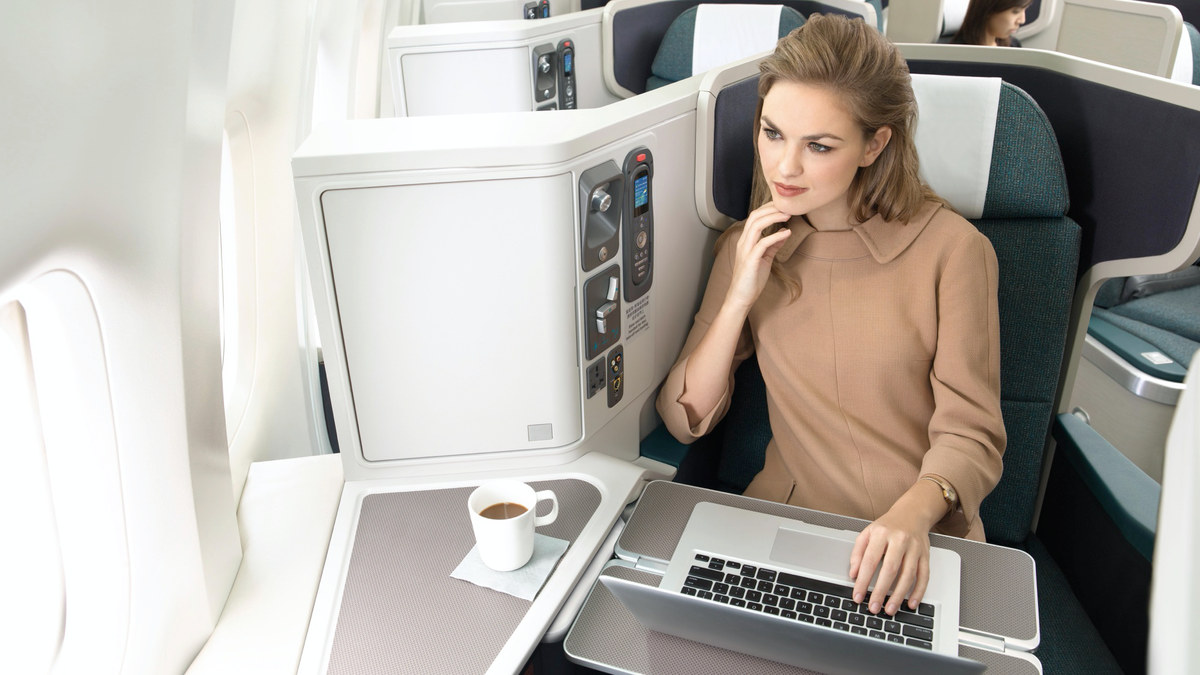
As 2019 draws to a close, so does the past decade – and it was one that significantly reshaped the business travel landscape, particularly when it came to making the overall journey easier and simpler.
Here are what we'd rate as the eight biggest improvements in business travel over the past 10 years, and we'd love to hear how your own journeys have been transformed as well.
1. Fully-flat beds and direct aisle access
This decade has seen business class practically reinvent itself. Seats that transform into fully lie-flat beds (not the previous generation of 'sloping sleepers') with direct aisle access for every passenger have become standard on most long-distance flights, as well as many domestic transcontinental treks (such as within Australia and North America).
Of course, flatbed seating in business class debuted in 1999 on British Airways, but it took almost 20 years for the pairing with direct aisle access to become what travellers expected, and increasingly demanded.
One of the earliest adopters was Cathay Pacific. The Hong Kong-based airline was already flying a flat-bed business class seat with direct aisle access, but in a confined high-walled space that some passengers derided as 'cubicle class' and others as ‘coffin class’. At the start of the decade, Cathay Pacific unveiled an all-new business class seat which has certainly stood the test of time.
Not only are these seats still flying on Cathay Pacific’s long-range Airbus A330 and Boeing 777 jets, they also served as the base design for the airline’s newer Airbus A350 business class, which builds upon that original design without reinventing the already-solid concept.
These days, long-range business class that doesn't offer a flat bed, direct aisle access and a decent amount of personal space is the unwelcome exception to the rule.
2. Next-generation aircraft from Airbus, Boeing
Increasingly, those business travellers are flying on new-design aircraft that combine passenger-pleasing comfort with the airline-pleasing fuel efficiency. Japan's ANA took delivery of the world's first Boeing 787 Dreamliner in September 2011, with the longer-range 787-9 and 787-10 following in 2014 and 2018, respectively.
Airbus responded in 2015 with the A350, which like the Boeing 787 used advanced carbon-fibre composite materials, streamlined wing designs and new engines.
On the inside, passengers soon discovered the jetlag-mitigating benefits of everything from higher humidity levels and lower cabin altitude (which also featured on the Airbus A380) to LED lighting and a quieter ride.
3. Travel technology: smartphones, thin laptops, 2-in-1s
At the beginning of the decade mainstream laptops tended to be clunkers, with the 'thin and light' segment reserved for the top-shelf models – and even then, there was a compromise of performance and battery life.
Apple, on the other hand, was redefining the ultra-portable notebook. The original MacBook Air launched in 2008, but it was the second-generation model of 2010 that not only nailed the no-compromise formula but added a downsized 11.6-inch model that proved even better-suited to travel.
Intel answered with the 'ultrabook' concept for Windows-based laptops, and successive years saw processors become increasingly efficient (balancing performance and battery life) while steadily slicing away at width and weight.
Another popular Apple gadget crossing the decade lines was the iPhone, initially hitting the shelves in mid-2007 albeit in a 2G-only model, then 3G the following year. It wasn’t until 2012 that Apple would release a 4G-capable smartphone in the iPhone 5, while Google's open-source Android platform also gathered momentum.
But this was never about just the tech: smartphones, coupled with mobile Internet access and the explosion of apps, quickly became a must-carry accessory for almost every traveller.
Fast-forward to today, and a quick glance around any busy airport lounge finds a solid selection of travel-friendly tech, spanning smartphones more powerful than any 2010-era laptop; thinner, lighter and faster laptops that make travel a breeze; and 2-in-1s like the popular Microsoft Surface.
Combining a laptop and a tablet into a single device, these 2-in-1s save space in your carry-on bag, doubling to handle everything from those boring emails, word processing and spreadsheets through to the fun stuff like watching downloaded movies, or even Netflix on the go.
4. Faster, more affordable Internet access
Both in the air and on the ground, Internet access speeds have skyrocketed over the past decade – not only from the broad rollout of mobile 4G coverage and the early stages of 5G, but particularly inflight where sky-high HD video streaming is now a reality.
Pair that with much more affordable pricing in 2019 than 10 years prior, when it wasn’t unheard of to be charged $1 per MB of data on the ground or in the air as standard, and where hotels commonly gouged guests upwards of $30 per day just to send an email, and business travellers are now connected better than ever before.
These days, free WiFi is expected at practically every hotel – even if a free loyalty program membership is required to avoid those charges – and some airlines even waive connectivity charges inflight.
Emirates was the first airline to blink in 2014, introducing 10MB of complimentary WiFi for every passenger plus 600MB of further data for just US$1, before later amending its pricing to give entirely free and unlimited access for first and business class passengers and top-tier frequent flyers.
Others have since followed, with Qantas, Virgin Australia, Air New Zealand, Cathay Pacific, Delta, Etihad, Qatar Airways and Singapore Airlines, among others, offering some form of free inflight Internet: whether for all travellers, those booked in selected cabins, or with a certain tier of frequent flyer status.
5. More affordable global roaming
Merely mentioning the words "global roaming" 10 years ago was enough to elicit fear from even the most seasoned globetrotter, and that continued until mid-2013 when Vodafone Australia debuted a first of its kind roaming package, capping fees at $5/day.
Marketed with the tag line "roam like home", the service initially covered New Zealand, the United States and the United Kingdom, and since then has expanded to cover 80 countries, with a mere $5/day charge providing access to all the inclusions of a traveller's home plan, including calls, texts and data, without the bill shock of yesteryear.
Vodafone's competitor Optus was quick to follow suit in slashing its own a la carte roaming charges, while also launching $10/day Travel Packs just three weeks later: a breath of fresh air for Optus customers who, until then, had been slugged up to $20 per MB of roaming data.
Until that change, downloading a mere gigabyte of data while oversees had cost just as much as many brand new cars.
Telstra initially responded later the same year with still-pricey Casual Traveller Data Packs before hiking roaming rates just six months later, and then eventually rolling out better-priced International Travel Passes at $10/day in most countries covered by the deal.
Fast-forward to today, and Optus is now offering post-paid mobile phone plans that include international roaming as standard in selected countries: that is, at no extra daily cost when overseas.
However you get connected, one thing's for sure – having access to affordable global roaming makes it easier to contact clients and colleagues while travelling, get around town using live apps like Google Maps, and of course, keep in touch with loved ones at home, all without the fear of a giant phone bill upon your return.
6. Ridesharing apps unlocked cities like never before
Pairing those evolving smartphones with the proliferation of WiFi, and later, cut-price international roaming, rideshare apps have completely changed the way many business travellers get around – not just to and from the airport, but when exploring their destination, too.
It all began with Uber, launching in San Francisco in 2010 and now having expanded to more then 700 cities worldwide.
For international travellers, rideshare apps have a distinct advantage over traditional taxi services by removing any language barrier: the rider can use their app and enter their destination in English, for example, while the driver can use the same app and receive directions in their local lingo.
There's also no need to carry cash and fumble with unfamiliar notes and coins at the end of the journey, as rides can be automatically billed to your stored credit card, with a receipt promptly appearing in your email inbox.
Certainly, some regular taxi services do accept plastic, but it often attracts a hefty surcharge well above the real processing costs – fees of 10% or even higher aren't unheard of – but even in 2019, many regular taxis remain cash-only, including in destinations popular with international visitors like the UAE, Hong Kong and China.
Uber was certainly the first, but a growing number of competing apps – Ola, DiDi, GoCatch, Lyft and Grab, among others – provide much the same service, including in destinations that aren't part of Uber's global map.
7. Airline apps made for self-serve fast-track
Most business travellers taking shorter trips love to fly with only carry-on baggage, which doesn't only save time at baggage claim, but also makes the entire airport experience even smoother, when paired with a modern airline app.
These days, travellers can do everything from booking flights and selecting seats through to checking-in for their journey, downloading and using digital boarding passes, and in some cases, even scanning their passports and visas to avoid an airport pit stop.
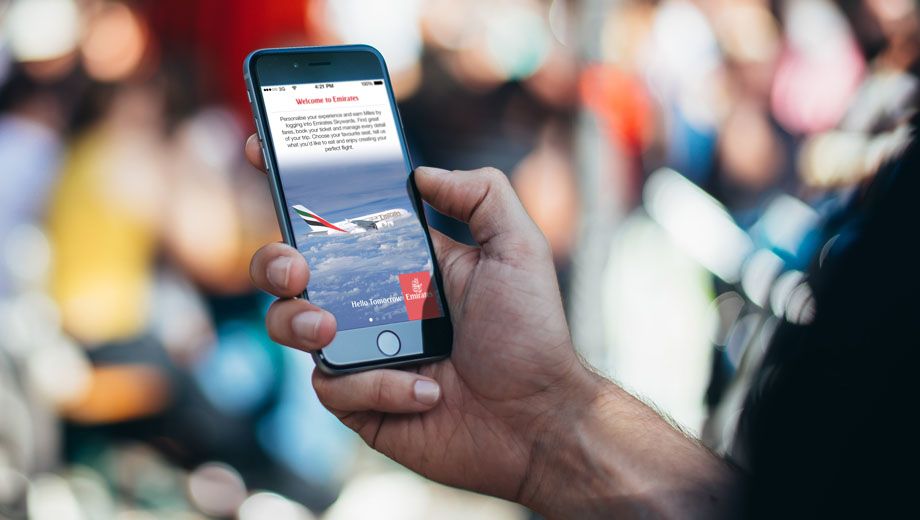
Even for those without access to priority check-in desks, that means zipping straight through the airport: perhaps from their Uber directly to security, and if eligible, the lounge, where a scan of their mobile boarding pass or digital airline membership card gets them through the door.
Many apps these days also send push notifications when your flight is ready for boarding, or equally, when it's delayed or there's a gate change. If you have checked a bag, you'll be able to see which belt to collect it from, and with some airlines, even get confirmation that it's been loaded onto your flight before departure.
Some of the better apps also allow you to keep track of your frequent flyer status and progression to the next tier, how many points you've earned and from where, and allow you to book your next journey using those same points, all without touching a computer.
For seriously savvy high flyers, third-party apps like TripIt Pro provide an extra layer of flight monitoring, often with notifications of delays, cancellations and gate changes before the airline makes its own announcement – and when transiting between flights, sends you a summary of any critical transit details before you've even left your seat.
8. Airport fast-track lanes
Remember the old days of long, long queues for passport control? Of course you do. Miss them? Of course you don't.
Not every country or airport has embraced automated gates, which rely on smartchipped 'e-passports' – but business travellers love the speed and efficiency of those airports which let you spend less time standing in line and more time relaxing in the lounge. It's increasingly welcome to see so many countries now allowing foreign travellers to use these fast-track lanes just like a local.
Executive Traveller readers, it's over to you – what innovations and 'game changers' have improved the way you travel for business over the past 10 years? Share your observations with fellow readers via the comment box below!
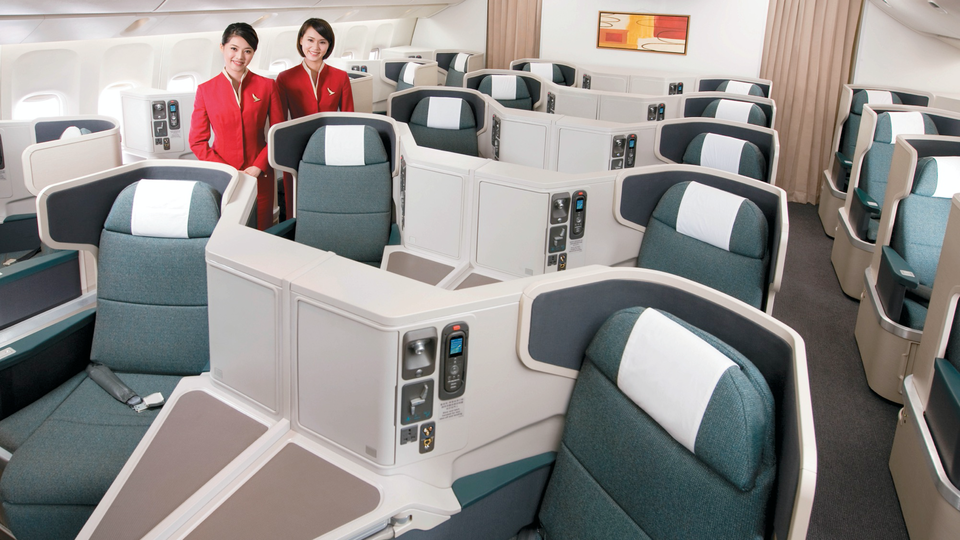
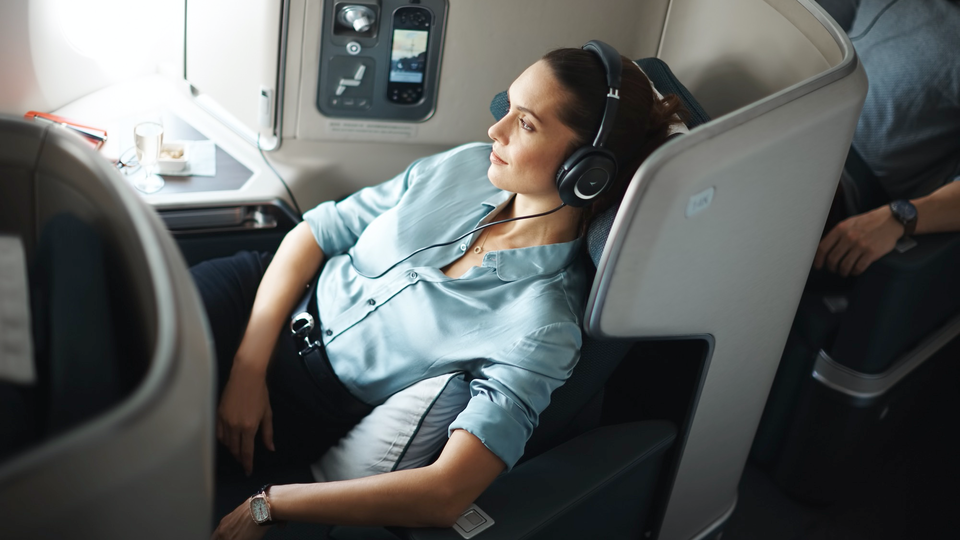
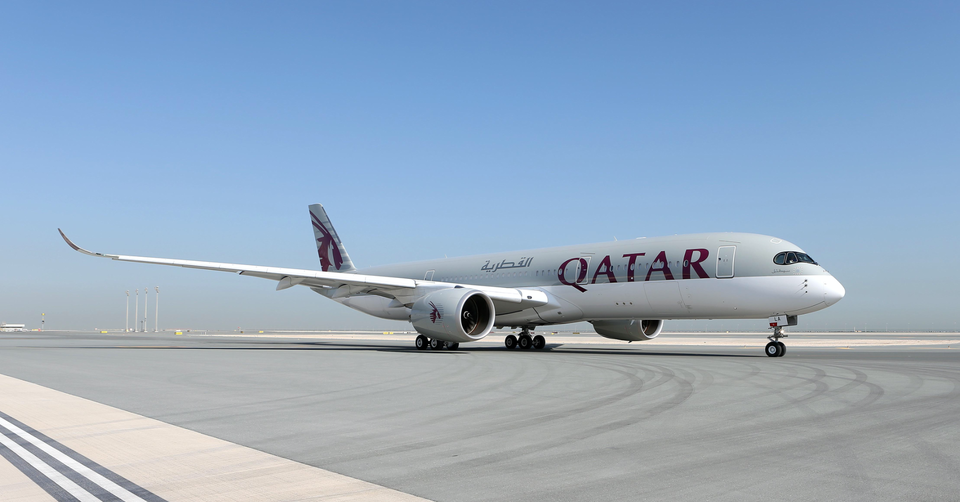
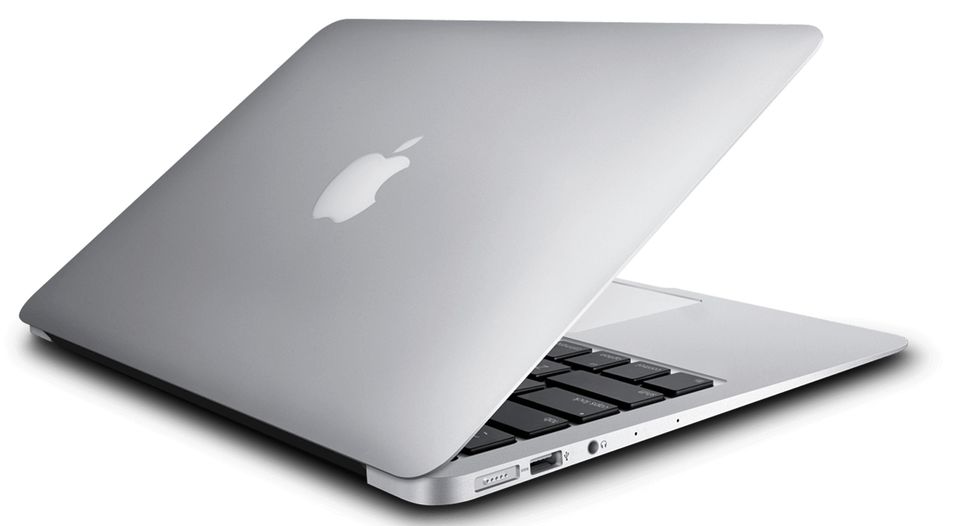
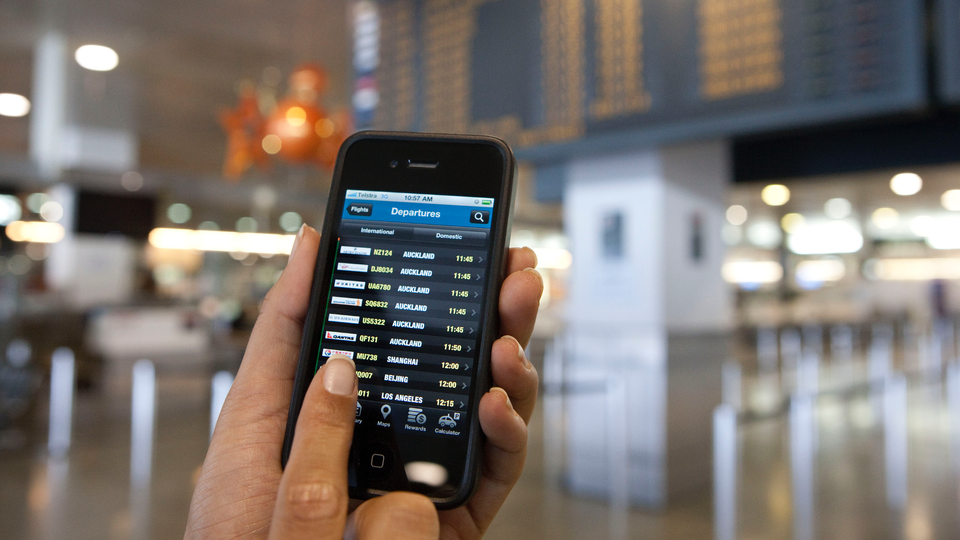
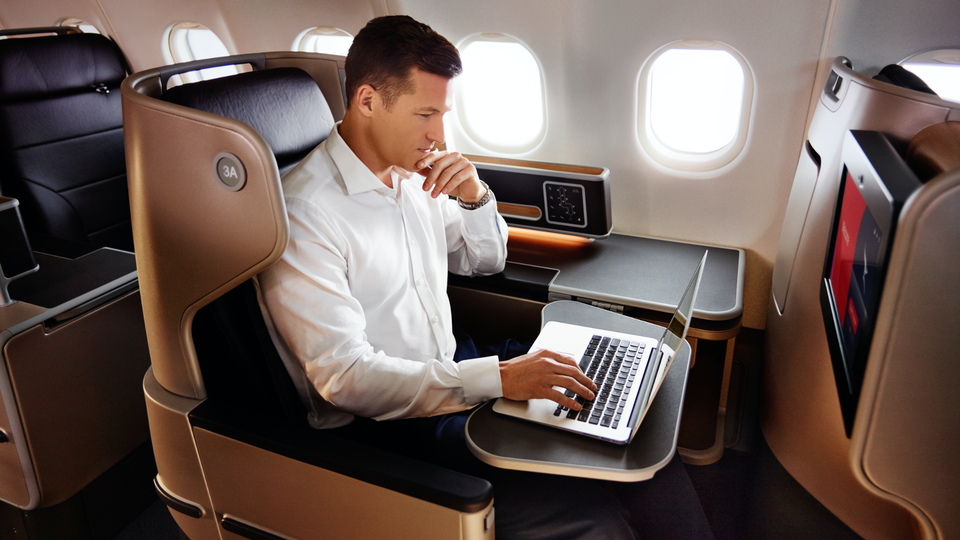
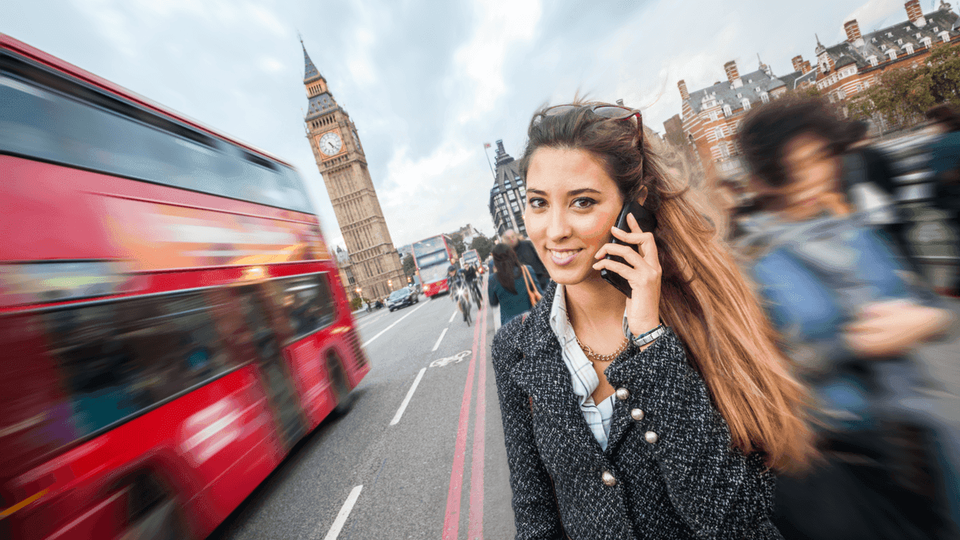

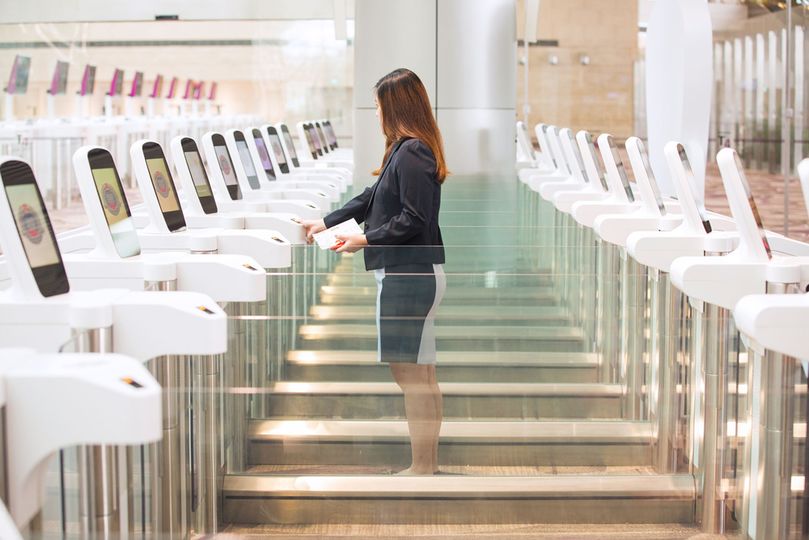
Qantas - Qantas Frequent Flyer
18 Jul 2015
Total posts 27
Doesn't a decade last 10 years? i.e. until 31st December 2010 for the first one, 2020 for the second one this century.
Qantas - Qantas Frequent Flyer
29 Mar 2015
Total posts 94
For pendants, yes, you are right.
24 Jan 2018
Total posts 3
That's what you got from the article?
An on point column. It's been a transformative decade for travel in many ways.
Qantas - Qantas Frequent Flyer
29 Nov 2013
Total posts 475
An awesome reflective post Chris.
If that's the last 10 years the next will be amazing...
24 Oct 2010
Total posts 2563
It wasn't until I started chatting with Chris about this article that the scope of changes over the past 10 years began to sink in, and when I read the finished piece it really brought me back. We launched Australian Business Traveller in 2010, I recall covering the launch of the then-new Cathay Pacific Business Suite seats (one of our first big stories) and how they raised the bar (as well as being such a relief from the first-gen 'Hercules' FB1 seats).
And when I think back on the scene in those days compared to now... each business trip I hop into an Uber to the airport (so much better than a taxi), I order that Uber from my smartphone of course, and the phone also has my boarding pass, and when I step off the plane in Singapore or Hong Kong or London or San Francisco or wherever, I nonchalantly switch it on and roam for just $5/day, using Google Maps and social media when I'm out and about. Inflight WiFi? I'm definitely a fan, it's been so very useful so many times. It's astounding to look back to how I travelled in the first year of Australian Business Traveller compared to how I travel today, and how much better the experience is in every respect.
Qantas - Qantas Frequent Flyer
02 Sep 2018
Total posts 153
I'd predict that in the next decade, inflight wifi, closed door suites, and elite member personlisation will be game changers for the future.
Qantas - Qantas Frequent Flyer
18 Mar 2016
Total posts 21
Ultra-long haul will become the new normal?
Qantas - Qantas Frequent Flyer
27 Nov 2017
Total posts 17
I predict the return of A380 production. The aircraft will be loved equally by airports, pax and airlines - with new, more efficient engines, even better cabins and slot busting capabilities.
I get that 787s and A350s allow ultra-long-haul but airports such as SYD, LHR and many in Asia will be slot constrained by the mid-2020s. I know that SIN and HKG are building new runways and Beijing has a new airport but just think of the zillions unwilling authorities are required to spend on outfitting new infrastructure. It ain't going to happen.
30 May 2018
Total posts 35
The newer aircraft do not have “lower cabin pressure,” but “lower effective cabin altitude” or “higher cabin pressure.”
Qantas - Qantas Frequent Flyer
10 Mar 2014
Total posts 23
A great travel decade! Thanks for the walk through... I do predict in the next decade we will see a very fast end to the Boeing 737 Max and the launch of a new single isle from Boeing that will be fit for the next decade and beyond.
Qantas - Qantas Frequent Flyer
15 Feb 2016
Total posts 1
Very refreshing article, thank you. I'll add the notable growth in the field of points earning opportunities
Etihad - Etihad Guest
21 Jul 2019
Total posts 189
Nice summary of developments. One overlooked item that caught my attention this past decade (even if it isn't a technological innovation in itself) is the number of countries downsizing or completely eliminating visa stickers and stamps. End result: my passport now lasts longer than ever! For me, that's just as impressive as anything listed above.
13 Feb 2015
Total posts 70
A fun companion article might be to try and guess what the next ten years will bring!
04 Dec 2013
Total posts 156
I fondly remember "coffin class", upstairs on Cathay's 747s. Acres of space against the side wall, open at the end, and perfect for a misanthrope who likes to imagine he's the only person on the entire aircraft.
Hi Guest, join in the discussion on The innovations that reshaped business travel over the past decade